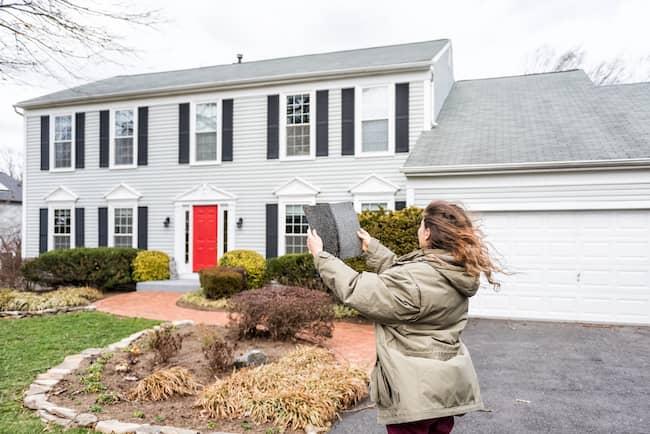Real estate represents one of the most profitable investments today. Most investors choose to either be house flippers or buy-and-hold owners. These popular real estate investment strategies provide a path to making considerable money but through different means.
Whether you should fix and flip or buy and hold depends on your investment goals, personality, skill set and personal preferences. Here’s a closer look at both investment strategies, their pros and cons and how to determine the right path for you.

Most properties increase in value over time. The need for housing will always be there.
Real estate investing allows you to add monthly income, increase your cash flow, build equity and enjoy some tax benefits, too. While there’s still a risk involved, real estate is a stable long-term investment in most cases. Plus, it’s a great way to diversify your portfolio, adding another long-term income stream.
House flipping is where you buy a property at a discounted price, like a foreclosed home. Then, you fix up the house through renovations and sell it for a profit.
Flipping a house requires an initial investment of money and time. The goal is to buy, fix and flip the property as quickly as possible. Turning over a home quickly is one of the keys to making the most profit.
House flippers either hire contractors to fix up the home or opt to do the work themselves. How you go depends on your personal home repair experience and how much time you can devote outside of other career, family and life commitments.
Buy and hold real estate investors are looking for long-term profitability and passive income. They purchase property, intending to rent it out to generate monthly income.
Landlords collect rent each month, using it to pay down the mortgage and build up equity. It also allows you to increase cash flow to invest in other properties or other investments.
Many buy and hold investors opt to use a property management company, so they don’t have to worry about day-to-day issues with renters.
Buy and hold investing can be long-term, keeping the rental property indefinitely or for a designated time and then selling it for a profit. Unlike flipping a house, success isn’t solely tied to the property’s sale.
Both fix and flip and buy and hold can be profitable investment strategies. The right choice for you, if any, depends on your investment goals. Here are four questions to ask yourself to determine which investment lines up with your needs the best.
Flipping a house has a simple premise – get in and get out. It can require considerable work upfront to flip a house, though, especially if you opt to fix it up yourself. However, you get your money faster than if you bought a property and rented it out.
If you plan to buy and hold, you may find a turnkey or other property that requires little work. You could quickly find a tenant and start making passive income each month.
Regardless of which path you choose, the amount of money you have to put into your investment will determine what you can afford. Flipping a house requires more capital upfront when you include in any repairs and other expenses. Make sure you have enough capital to finish the flip.
There’s an element of risk with any investment. It’s essential to decide how much you’re willing to risk and how much you desire to get back in return with real estate investments. Your risk and return ratio compares your investment’s expected returns and the amount of risk required to achieve that return.
As you invest in real estate, you may get to the point where both options are feasible. Then, it’s a matter of whether it makes sense to do both. Each comes with its own set of risks, time commitments and potential for significant returns.
There’s a reason that real estate is a popular investment strategy – it works. Whether you choose to fix and flip or buy and hold, spend time researching and focus on a game plan going forward. You’ll likely run into issues regardless of which one you choose. Determine your investment needs and how much money and time you have to invest in a real estate project and go from there. Both options require your commitment and energy to turn a profit.